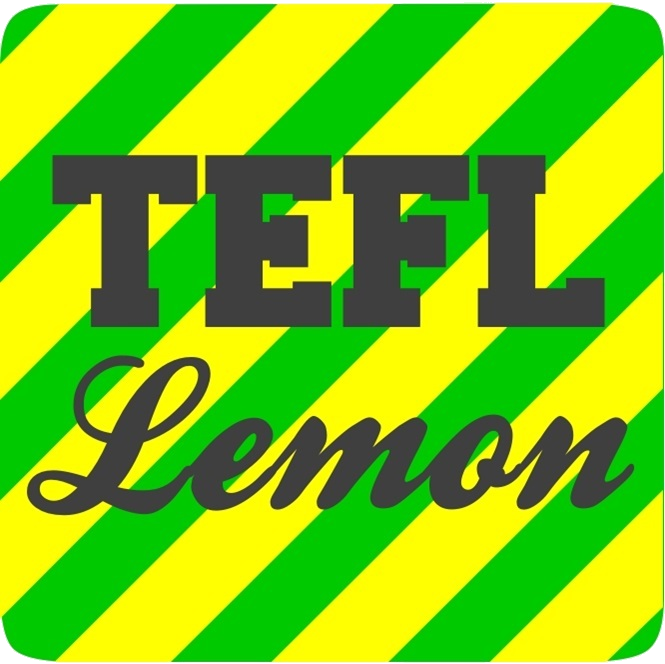TEFL: important points to consider when lesson planning
Things to consider when lesson planning
Aims and objectives
It is very difficult to teach any lessons without first preparing a lesson plan, even if you are blessed with great charisma, confidence or even leadership qualities.
You can even have an arsenal of great educational games. Without a plan your lesson will lack focus, students may very much enjoy playing games, but what will happen when they have to do a test? When planning a lesson, a teacher must first consider what they want the students to achieve before the end of the lesson. This is also known as lesson objectives or aims. You can often make your aims based on the course book or syllabus that your school follows. An aim should never just be “complete page 6”.
A better example of ‘lesson aims’
A better example may be “Students will become more familiar with using was/were for writing a short story.” Once you have worked out your lesson aims, you should keep them in mind when planning your tasks for the learners. You should constantly ask yourself, ‘does this task help me achieve my aim?’ Unit 11 in the TEFL Lemon online TEFL course focuses on Lesson Planning and also has a great section on lesson aims.
Your learners
A great piece of advice for lesson planning is to “know your learners”. For example, adults and children will often not be willing to do the same tasks. More specifically, you should try to customise your lesson to meet their needs and interests.
Teaching students that are interested will result in better retention and participation. This is why getting to really know your students is very important. Building rapport in your classes is an essential strategy for TEFL teachers.
Building on previous knowledge and lessons
Another thing that the teacher should consider is previous knowledge, if unsure of how much they know you can give a quick oral quiz to find out knowledge in the area. It is pointless trying to teach students things they already know, but reviewing it quickly and giving more challenging opportunities to practice it, is much more useful. Another useful thing to consider is your class size, as you will not be able to complete the same tasks in one-to-one lessons as you will with oral classes of over 50 students.
Resources
When planning your lesson, you should also consider what resources are available to you.
Most classrooms will likely have a whiteboard, however, is there a way to link it to a computer to project pictures, ppts, even play audio or videos? Do your students have phones to do interactive activities such as voting. Does your school provide flashcards or realia? What you have to work with may help you decide what activities you can do; however, you should always try to be creative with what you have. Supplementary resources is dealt with in Unit 12 of the Higher Certificate in TESOL.
Routines
Students, especially younger students, need routines that can be as simple as greeting students when they enter the class or lining up and waiting for the teacher to let them in. Starting a lesson in a similar way will help students know what to do. I have lately been giving my students a brief lesson outline on the board at the start of the lesson so that my students are aware of what I want to complete within a lesson.
PPP or ESA?
I would normally choose ESA or a mixed version of it, however, I think PPP is the easiest to plan as it’s very linear. PPP stands for Present, Practice and Production. I would point out the more time should be devoted to the production part of the lesson.
Teachers can often find they will spend too long on the presentation part of the lesson, and TTT (teacher talk time) will end up being very high. Engage Study Activate (ESA) is slightly different in that the teacher first tries to interest the students in the topic before presenting what they are learning in the study part.
by Vojtech Fiser

